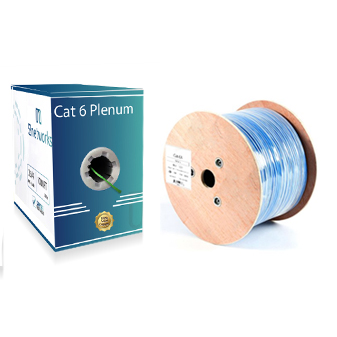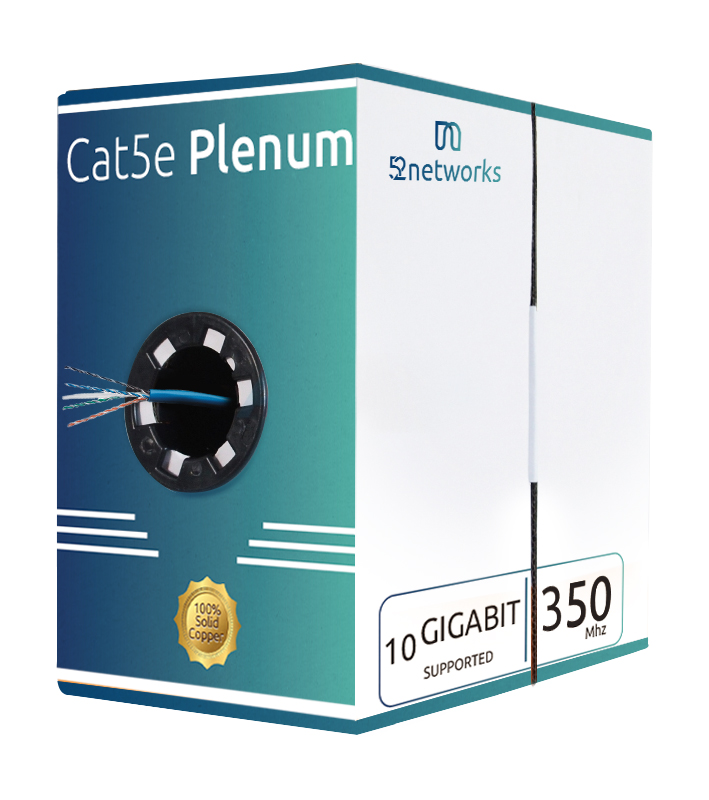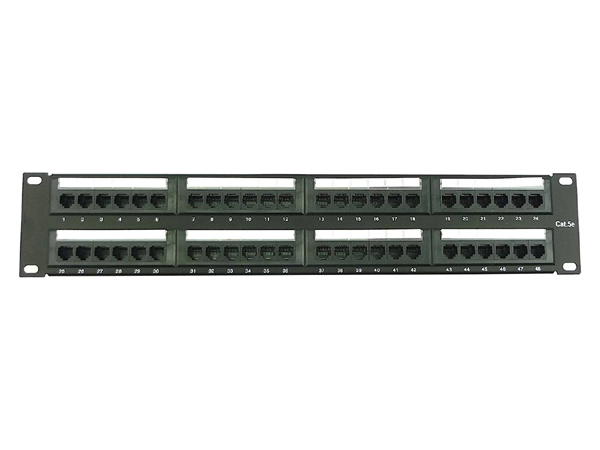In Fiber Optic Cable, there are two modes available and widely in use SMF and MMF.
SMF stands for Single Mode Fiber whereas MMF stands for Multi-Mode Fiber.
Though it’s difficult for a common man to understand its difference and where exactly they are used, we will shed some light on their basic construction, their fiber distance; their different colors, etc. simply and easily understand it quickly.
SMF (Single Mode Fiber)
In SMF, only one type of electromagnetic wave light can be propagated at a time. Single-mode fiber has typically a small light carrying core of 8 to 10 microns in diameter. All signals travel straight down the middle without bouncing off the edges. It is normally used for long-distance transmissions with laser diode-based fiber optic transmission equipment. Here it is very necessary to mention that A micron is a unit of measure in the metric system. It equals one-millionth of a meter and one-thousandth of a millimeter. It is also known as Micrometer. Micrometers measure very tiny things. For better understanding, an average human hair is around 50 to 70 microns. The commonly used single-mode fiber wavelength is 1310 nm and 1550 nm.
Due to a very narrow fiber core, the light that passes through these fiber optical cables does not reflect too many times, which keeps the attenuation to a minimum level.
| 9/125 Single Mode Fiber Simplex | |
| Attenuation at 1310nm | 0.36 dB/km |
| Attenuation at 1550nm | 0.22 dB/km |
MMF (Multi-Mode Fiber )
IN the case of MMF, the fiber has a relatively large light-carrying core, usually 62.5 microns or larger in diameter. As the fiber can propagate multiple modes, it is usually used for short-distance transmissions with LED-based fiber optic equipment. Multimode fiber core diameter is typically 50 µm and 62.5 µm, which enables it to have a higher “Light Gathering” ability and simplify connections. The cladding diameter of single-mode and multimode fiber is 125 µm. Due to its large core diameter, some low-cost light sources like LEDs (light-emitting diodes) and VCSELs (vertical-cavity surface-emitting lasers) are used that works at the 850nm and 1300nm wavelength and the attenuation of multimode fiber is always higher than Single Mode fiber.
| 50/125 OM3 Multimode Fiber | |
| Attenuation at 850 nm | 3.0 dB/km |
| Attenuation at 1300 nm | 1.0 dB/km |
Bandwidth & Fiber Distance
The following table will highlight the differences.
| Single Mode Fiber | Multi-Mode Fiber |
| Designed for long-distance communication, a single-mode fiber cable allows light signals to travel more than 10 miles, a much longer distance than a multimode. | Designed for short-distance communication, a multimode fiber cable typically allows light signals to travel up to 1.2 miles. |
| Single-mode fiber also accommodates much higher bandwidths than multimode. Some studies report a difference of 100,000 GHz. | Multimode fiber accommodates roughly 1 GHz of bandwidth, which is much less than the single-mode, but sufficient for most audio, video, and data transmissions. |
| With around 9 microns diametric core, single-mode cables must be kept extremely clean. Even tiny dust particles or debris can cause issues with signal transmission. | With around 50 to 62.5-micron diametric core reduces the risk of signal interference from dust or other particles compared to single-mode. |
Normal transmission distances can vary from a fraction of a mile to 40 miles (60 kilometers) or more. The maximum transmission distance depends on the output optical power of the transmitter, the optical wavelength utilized, the quality of the fiber optic cable, and the sensitivity of the optical receiver. In general single-mode-based systems operate over longer distances than multimode systems. The approximate transmission distances are indicated in the table below.
| Connector | Fiber Type | Wavelength | Transmission Distance covered** |
| FCPC | Single Mode | 1550 nm | up to 40 miles (60 Km) |
| ST | Single Mode | 1310 nm | up to 20 miles (30 Km) |
| FCPC | Single Mode | 1310 nm | up to 20 miles (30 Km) |
| ST | Multimode | 1310 nm | up to 06 miles (10 Km) |
| ST | Multimode | 850 nm | up to 02 miles (3 Km) |
** The transmission distances are only approximate and will depend on the loss of the actual fiber.
Color
For non-military applications, the single-mode cable is coated with a yellow outer sheath, and the multimode fiber is coated with an orange or aqua color sheath. This is according to the TIA-598C standard definition. For Military applications, some colors vary from the standard colors.
See the Table Below to differentiate the color sheathing between Military & non-Military.
| Fiber Type | Military
Color Code |
Non-Military
Color Code |
| OM1 62.5/125µm Multimode | Orange | Slate |
| OM2 50/125µm Multimode | Orange | Orange |
| OM3 50/125 µm (850 nm Laser-Optimized) Multimode | Aqua | Undefined |
| OM4 50/125µm (850 nm Laser-Optimized) Multimode | Aqua & Violet | Undefined |
| 100/140µm Multimode | Orange | Green |
| 100/140µm Multimode | Yellow | Yellow |
| Polarization Maintaining Single Mode | Blue | Undefined |
Other colors may also be used if the print on the outer jacket can tell the fiber classifications other than the jacket colors specified in the fiber color code standard.
Conclusion
From the comparison above between single-mode vs multimode fiber, it can conclude that both single-mode and multimode fiber optics have their features. A single-mode fiber cabling system is best for long-reach data transmission applications and is widely deployed in carrier networks, MANs and PONs. Whereas Multimode fiber cabling system has a shorter reach and is widely deployed in the enterprise, data centers, and LANs.
































